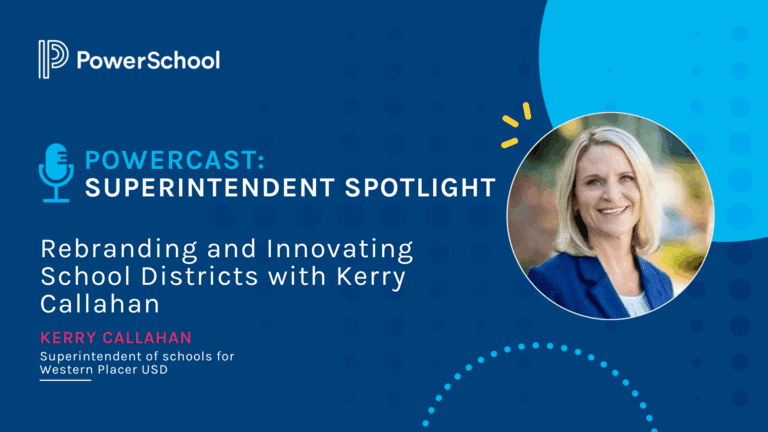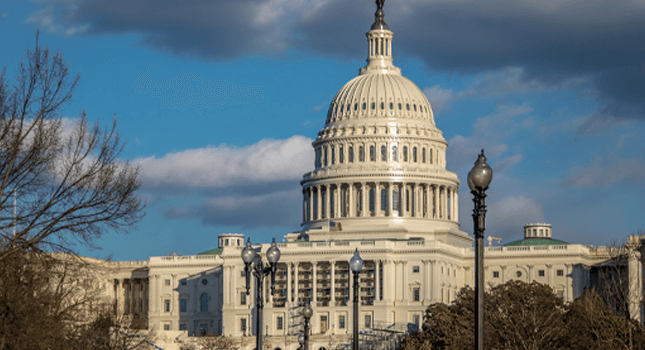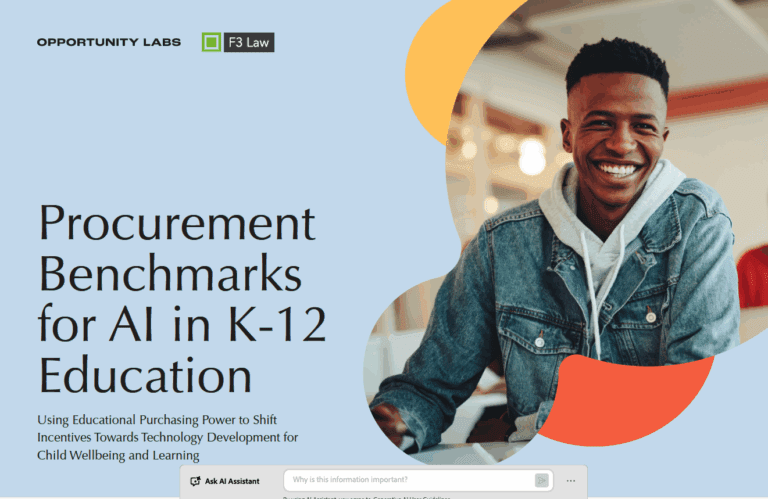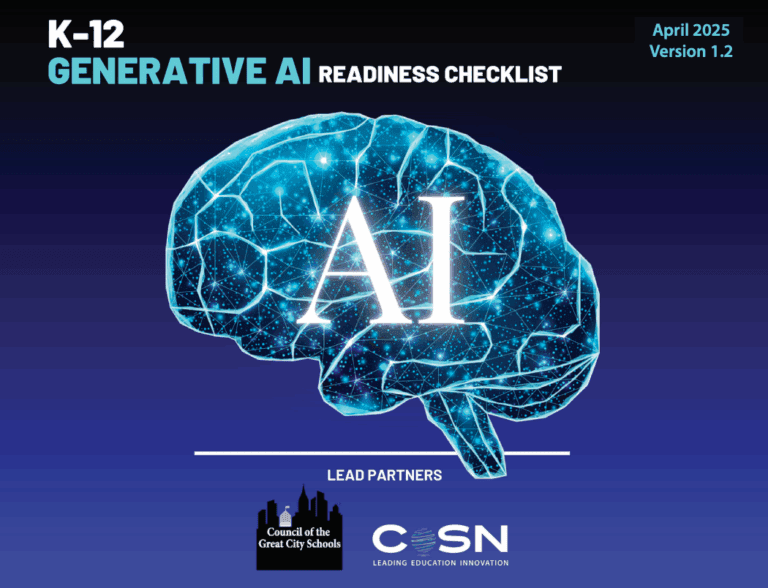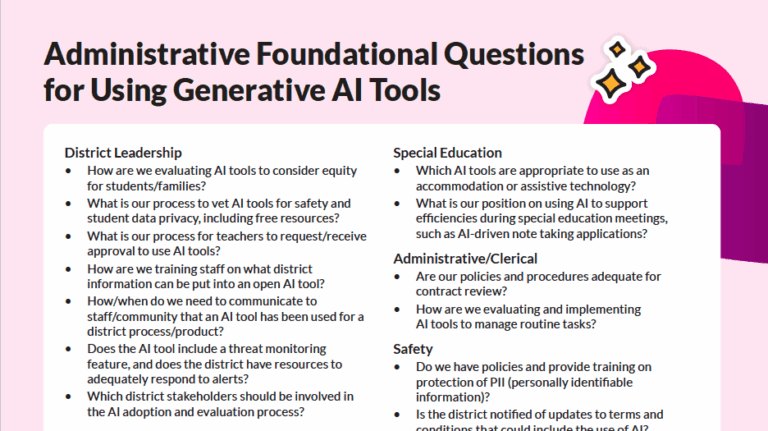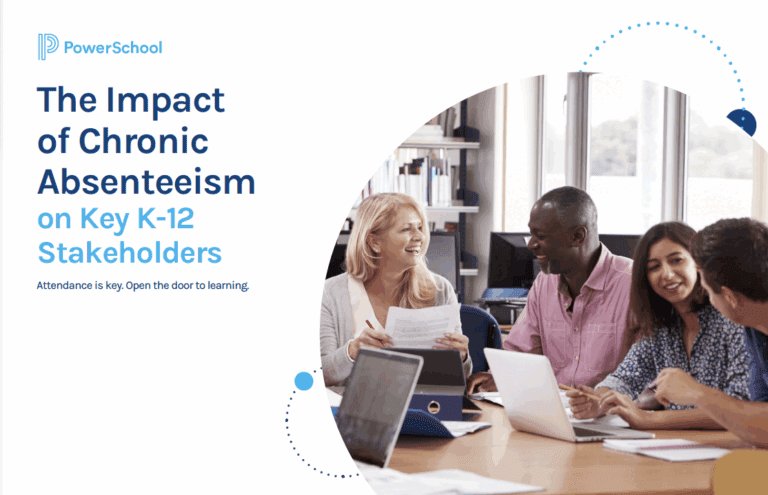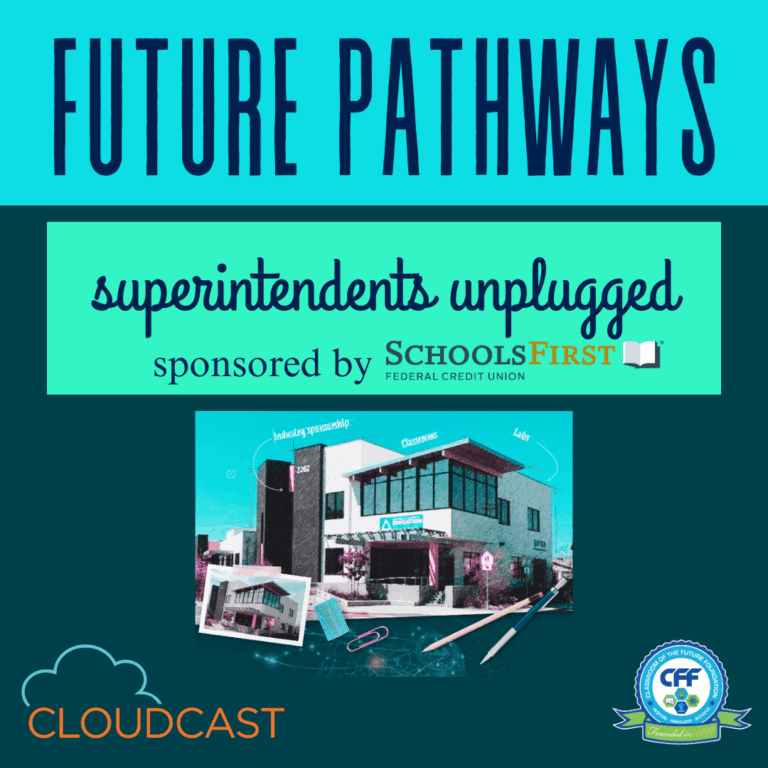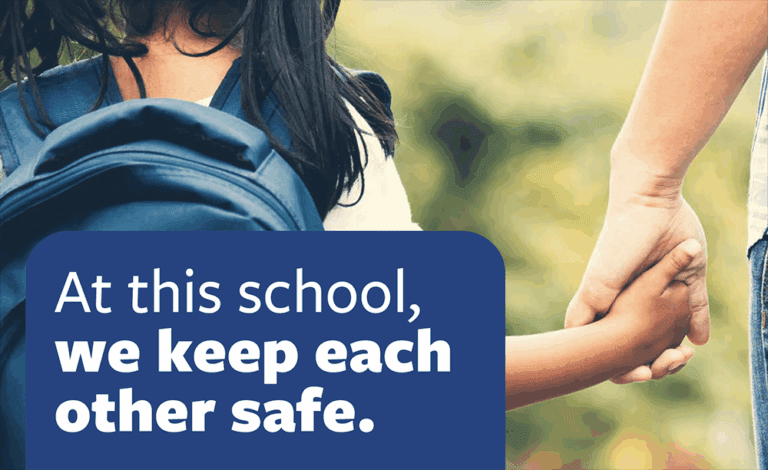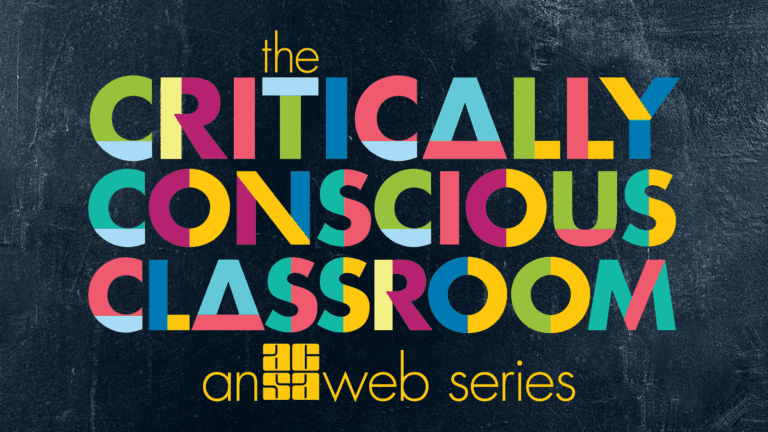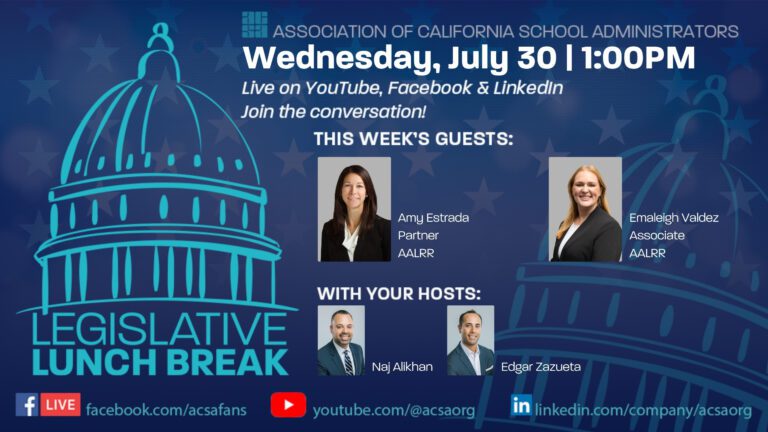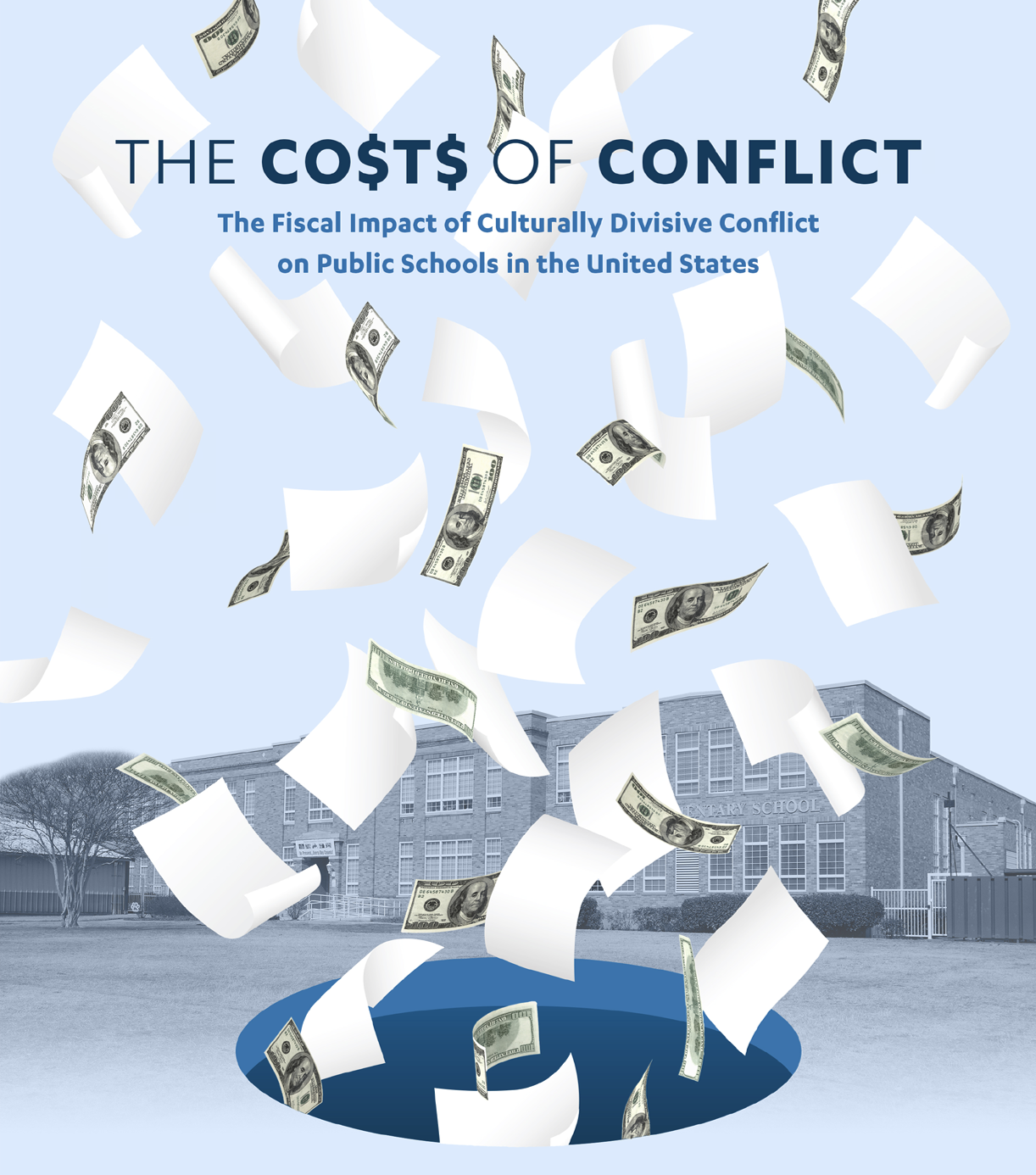A recent study by the Learning Policy Institute (LPI) identified more than a hundred California school districts in which students across racial/ethnic groups are outperforming similar students in other districts on new math and reading assessments that measure higher order thinking and performance skills. Many of these districts also are closing the gap on a range of other outcomes, including graduation rates.
The critical question is: How did they do it?
To answer that question, LPI researchers conducted two studies: The first one, California’s Positive Outliers: Districts Beating the Odds, used a quantitative analysis to identify factors that appear to distinguish these “positive outlier” school districts — those in which African American, Latino/a, and White students achieved at higher-than-predicted levels, controlling for their socioeconomic status. That study found that, controlling for student and district characteristics, the most important in-school factors were the qualifications of teachers – in particular having fewer teachers on emergency permits and substandard credentials and more with greater years of experience.
In the second study, released today at an event in Sacramento, the researchers probed district strategies more deeply in case studies of seven of those districts.
That study, Closing the Opportunity Gap: How Positive Outlier Districts in California Are Pursuing Equitable Access to Deeper Learning, examines what these seven “positive outlier” districts have in common that may have contributed to their students’ success. Researchers selected these seven districts because of their geographic and demographic diversity—ranging from Gridley Unified School District which serves just over 2,000 students to San Diego Unified School District, the second largest school district in the state. LPI’s analysis found several commonalities across the districts:
- a widely shared, well-enacted vision that prioritizes learning for every child;
- continuous leadership from instructionally engaged leaders;
- strategies for hiring, supporting, and retaining a strong, stable educator workforce;
- collaborative professional learning that builds collective instructional capacity;
- a deliberate, developmental approach to instructional change;
- curriculum, instruction, and assessment focused on deeper learning for students and adults;
- use of evidence to inform teaching and learning in a process of continuous improvement;
- systemic supports for students’ academic, social, and emotional needs; and
- engagement of families and communities.
These factors allowed the successful districts to leverage the significant changes the state made to its education system over the last decade. Among other things, California adopted new standards for English language arts, mathematics, and science that focus on building students’ skills in analysis, inquiry, and problem solving. It has also shifted to assessments that better measure these skills, requiring greater depth of knowledge and more thoughtful application of skills than earlier assessments.
In addition to changing standards and assessments, California increased education funding, changed its accountability system to include a greater range of indicators, and implemented a “Local Control Funding Formula (LCFF)” to more equitably distribute education funds. In this new environment, school districts have had the opportunity to make changes in their education systems that could improve student outcomes and ensure that all students had access to and benefited from “deeper learning” which builds such important skills as critical thinking, problem-solving, collaboration, and communications—skills students must have to succeed in an increasingly complex and technologically advanced society.
“Rapid and dramatic change in California’s education system provided an excellent incubator for school districts to make changes to improve instructional quality and equity,” said LPI President Linda Darling-Hammond. “We hope that other school districts and states will focus on the lessons from these case study school districts to ensure all students have access to deeper learning regardless of the size, location, and wealth of the district where they go to school. We know it can be done.”
Policy Recommendations
The study includes a series of recommendations for federal, state, and local policies that can contribute to supporting student learning. These are:
Develop a stable supply of well-prepared, instructionally engaged teachers and leaders.
State and federal policymakers can help expand pathways into teaching that research shows lead to teachers’ retention, for example, service scholarships to underwrite training, teacher and school leader residencies, and Grow Your Own programs.
District policymakers should prioritize hiring and mentoring well-prepared teachers who are committed to teaching every child and developing school leaders who create supportive working environments. This can include providing professional development and leadership opportunities for teachers.
Support capacity-building for high-quality instruction and focused instructional change.
State policymakers can adopt high-quality student assessments and use them to gather insights on ways to improve schools, allocate funds for professional learning, and develop accountability systems that take into account student outcomes across a variety of measures that both support and require a whole child approach to education.
Federal and state policymakers can invest in strong and accessible professional learning opportunities that help schools and districts provide deeper learning and meet students’ academic, social, and emotional needs.
District policymakers can provide high-quality professional learning opportunities for educators to help them implement and develop new instructional strategies that support deeper learning.
Use assessments and data strategically to support continuous improvement.
Federal policymakers should incentivize districts to develop performance-based assessments that can better reflect and measure deeper learning by funding assessment development and using appropriate standards for approving state plans.
State policymakers can select and develop assessments that measure higher-order skills and support districts in using them, along with data, to support student learning.
District policymakers and school leaders can use assessment tools, analysis of student work, survey data, and other indicators to improve school climate, shape teaching and learning, and identify and address student needs.
District policymakers can support professional learning and establish structures for data to be analyzed and used effectively in continuous improvement cycles.
Create coherent systems of support based on student needs, including academic, social, and emotional learning.
Federal and state policymakers can coordinate agencies, programs, and funding to provide more streamlined and better integrated services to support children’s physical and mental health and welfare, and their academic, social, and emotional learning. They can also invest in training for educators and associated professionals so they can develop practices and systems based on the whole child.
District policymakers can implement multi-tiered systems of support to meet students’ academic, social, and emotional needs, and foster inclusive student assignment policies. They can also increase support for specialized and integrated English language development in mainstream classes.
Allocate resources for equity.
Federal policymakers can enforce equity provisions in federal laws that require equitable distributions of resources and staff.
State policymakers should allocate funds based on pupil needs and, when doing so, take into account the need for increasingly well-prepared educators, wrap around services, and integrated student supports.
District policymakers can put resources into work that increases adequacy and equity, including building and funding supports for struggling students. This should include investing in and mentoring expert teachers who teach students with greater needs.
The school districts in the case studies are: Chula Vista Elementary School District, Clovis Unified School District, Gridley Unified School District, Hawthorne School District, Long Beach Unified School District, San Diego Unified School District, and Sanger Unified School District.
A list of the “positive outlier” school districts with more than 2,000 students that have at least 200 white, black, or Latino/a students is in the companion report, Positive Outliers: Districts Beating the Odds, which was released in May of this year.
“Closing the Opportunity Gap: How Positive Outlier Districts in California Are Pursuing Equitable Access to Deeper Learning” was authored LPI Senior Researcher Dion Burns, LPI President Linda Darling-Hammond, and LPI Research Director Caitlin Scott.



